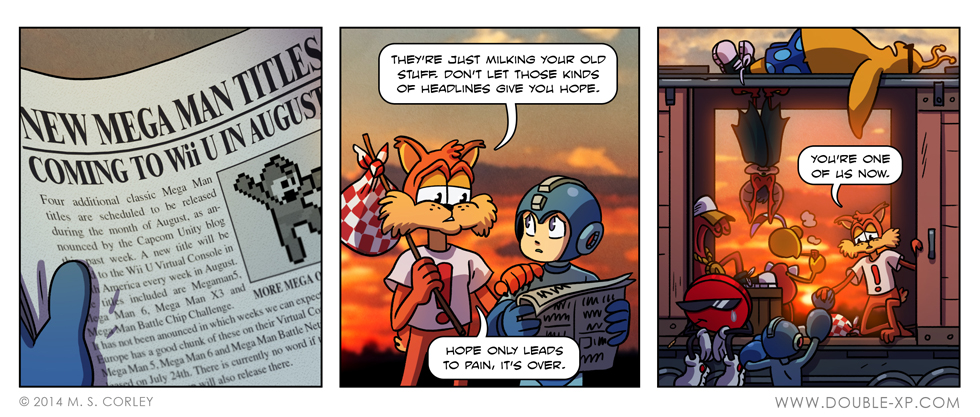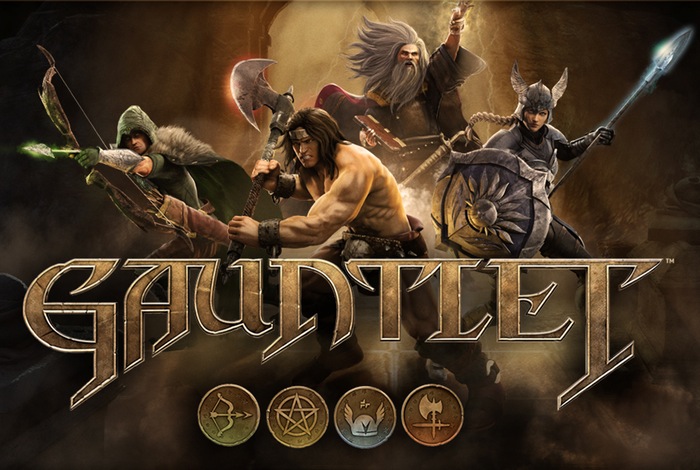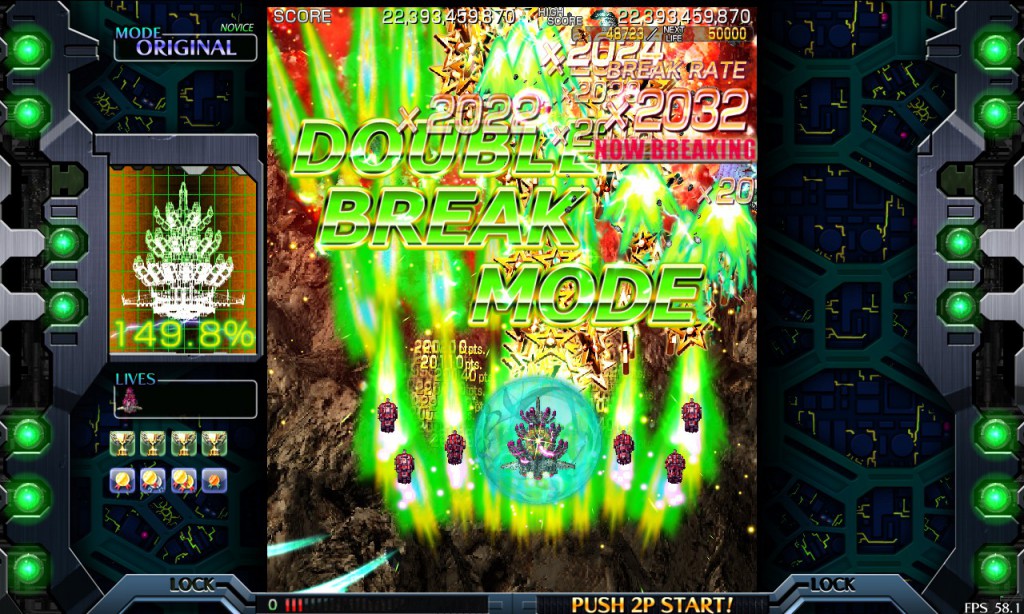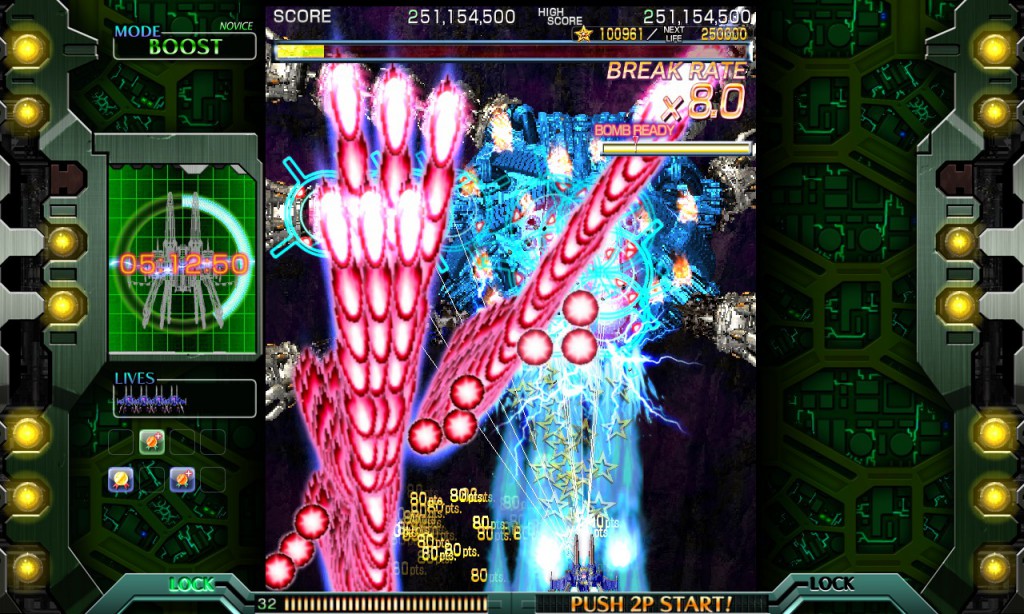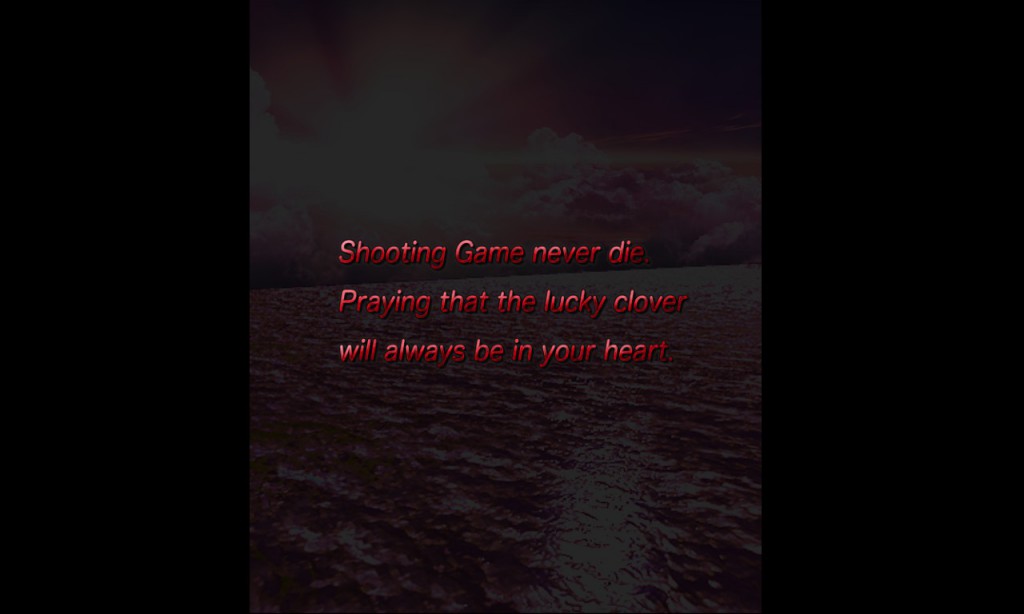Class design is always an interesting topic for me, and Bel’s post about Final Fantasy 14 classes yesterday sparked a bit of discussion. Final Fantasy 14 has 8 classes which promote into 9 jobs, all focused on either tanking, healing, or DPS. Ideally, every class option would be equal for every role, but this is impossible without giving every class the exact same abilities. Let’s take a look at some of these.
Tanking
The one I’m most familiar with by far, the two tank jobs in FFXIV are Warrior and Paladin. Both classes wear the heaviest armor and have a number of skills that grant bonus threat.Eventually (Level 30 for warriors, Level 40 for Paladins) they get a stance that increases their survivability, decreases their damage done, and increases threat generation. The differing way in which this is accomplished has led to some perceived imbalance in the classes, and at launch (a year ago) this was actually true. Warriors had more health, but not enough damage reduction (leading to the “healing sponge” complaint that Druids faced in WoW). In addition, they had nothing that matched up to the invincibility that Paladins have as their level 50 class ability. This has been tweaked, and Warriors are just as good now, but the perception still remains that Paladins are good for MT and Warriors for OT. (Interestingly, if you’re optimizing for damage, the ideal situation is the other way around.)
In the mid levels, there’s some actual imbalance. Paladins don’t get their tank stance until level 40, whereas everyone else gets a massive stat boost (and usually some important ability) on hitting 30, making the levels from 30-40 extremely rough in terms of holding aggro. (Survival is less of an issue, as Paladins have better cooldowns than warriors at this stage.) Nowhere is this more clear than in Brayflox’s Longstop, a level 32 dungeon; this is the first instance most people do with their newly acquired jobs as it’s required for the story. Healing this dungeon is generally harder with a Paladin tank than a Warrior tank, but not insurmountably so.
Healing
The two healing classes are Scholar and White Mage, and unlike the tanks these have been pretty balanced since the game relaunched. The White Mage is more traditional, with a toolbox consisting pretty much entirely of direct heals, with a long-cast-time shield spell (used before combat more than anything else) and a decent heal-over-time. The Scholar has a pet fairy that helps heal, and an assortment of shielding and damage reducing spells (They can also cross-class the White Mage’s shield spell). Because so much of their healing is preventative, I feel like people notice less when they’re doing a good job.
Not helping is that the class that Scholars promote from (Arcanist) is not a healer, so if you take that path you can’t queue as a healer until you get your job crystal. As such, Scholars sometimes reach Brayflox and have no experience healing in a group, which is compounded by the issue I outlined earlier with tank variation. It’s further compounded by the last boss making use of stacking poison, and Scholars not having a dispel until level 40.
The Longest of Stops
The instance I’ve mentioned twice in this post, Brayflox’s Longstop, is run by a lot of players more than once because of all of the nice things that drop out of there. There’s a set for physical DPS, a set for mages of all kinds, and a set for tanks, all with unique graphics, along with a full set of class-specific rings which are fairly nice. Since dungeons are also used to level now, it’s a fair bet that most players will also hit it many times during the 30s as they work their way up to Stone Vigil(the next required dungeon in the story) even if they don’t need any gear from there. While the game is fairly balanced at max level in regards to the above roles, it’s anything but balanced here. I have to wonder if the impressions left from doing this instance color impressions at the cap more than they probably should. I’ve seen both White Mages and Scholars carry groups on their back in the 8-man content. I’ve seen both Warriors and Paladins pull off incredible feats of survival (and I’ve personally done it a lot more as a Warrior than a Paladin). It’s a bit unfortunate to see one of these classes get the shaft in most rundowns.
There’s an additional issue of DPS balance, but that’s an issue that deserves its own full post.



